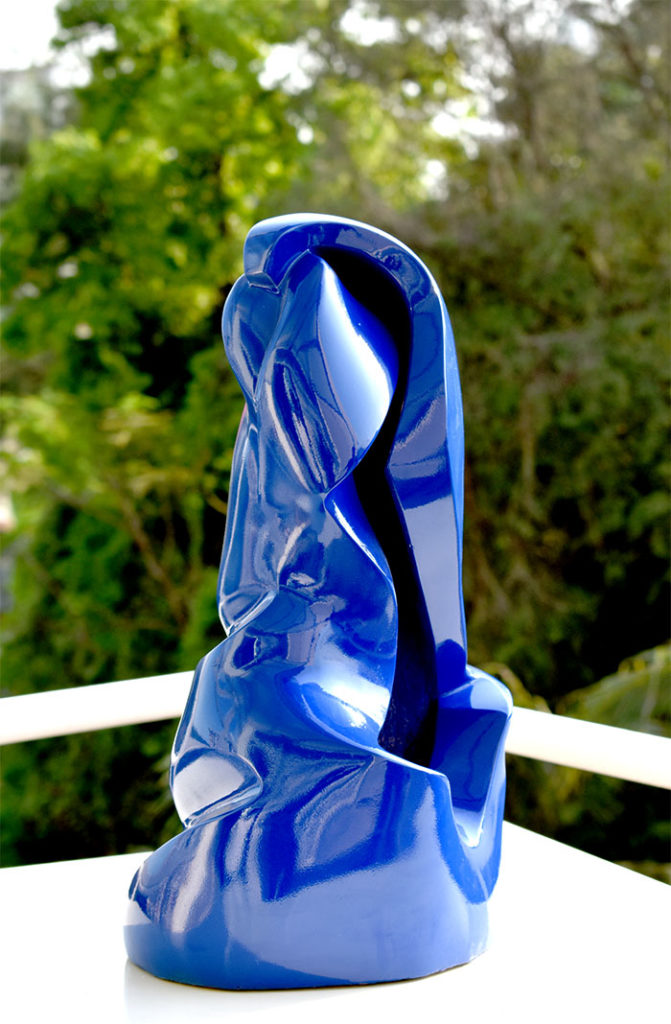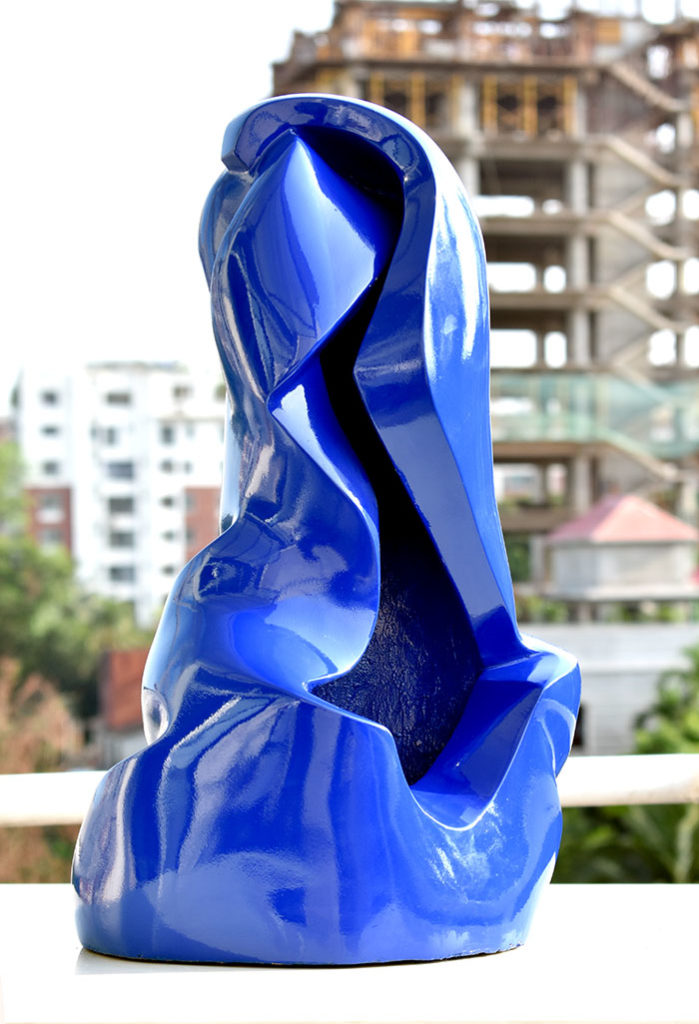Pushing Sculpture Forward
Sculpture was once considered the domain of ambitious male artists, a medium as challenging in its physicality as it was limitless in scope. But largely for several years, artists like Sameena M Karim have placed a place for women working in contemporary sculpture. The sculptor has created some of the most interesting, challenging, and curious forms – prodding taboos and embracing the extreme.
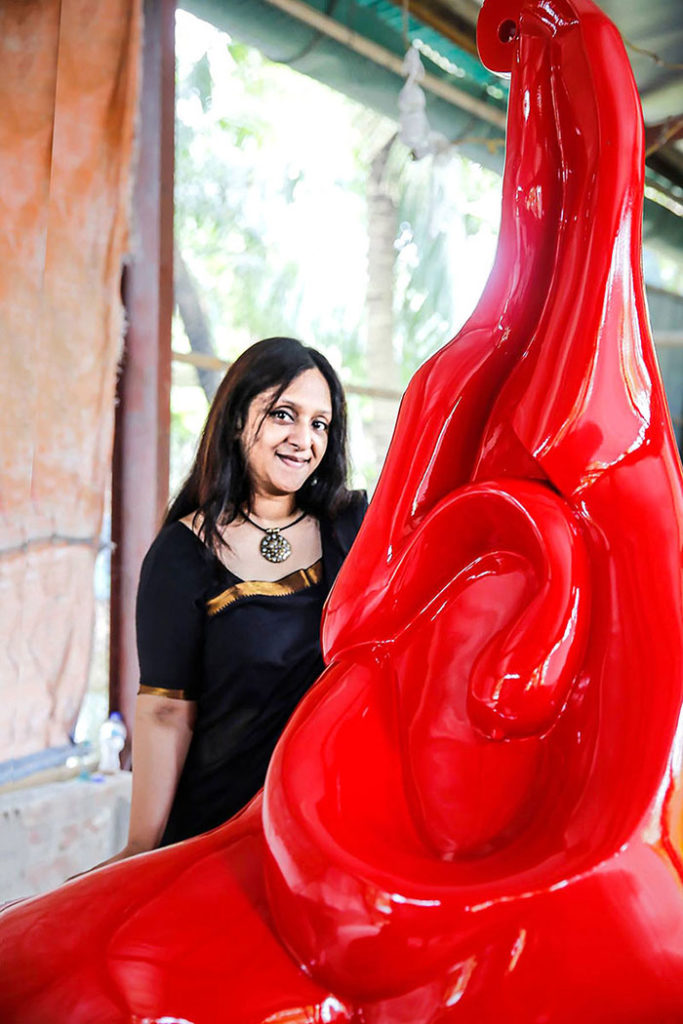
The sculptor has been raised and is settled amidst the hill tracts and lush natural surroundings of the major coastal city, Chittagong. Being grown up and lived by the rich cultural and ecological landscape of the city, Sameena Karim formed a deep connection towards nature and art at a very early age. “At every weekend my father used to take me and my little brother to the hills, to dissolve with nature.
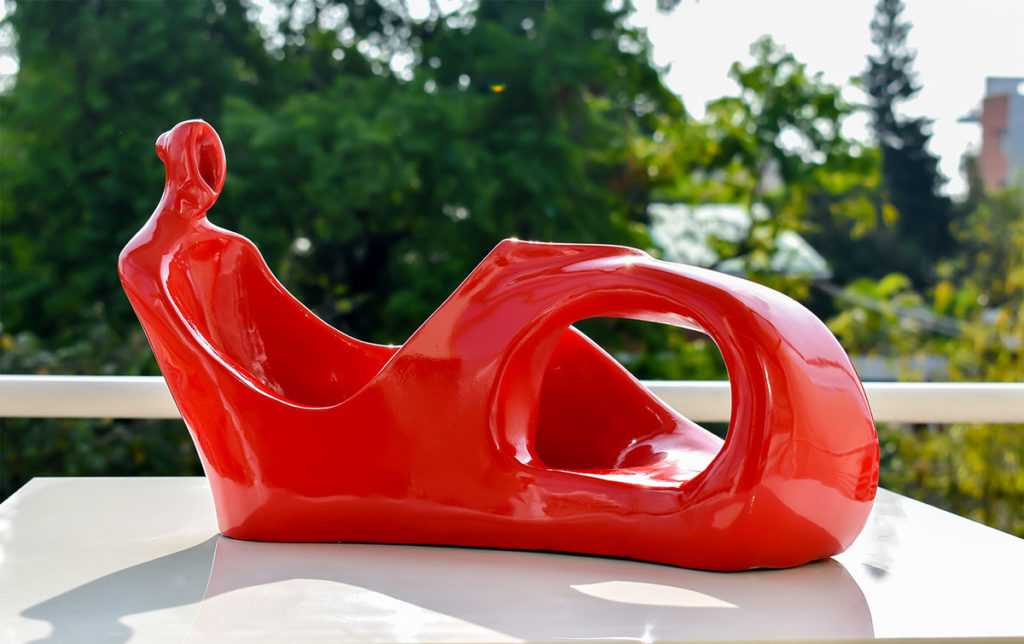
My parents have been equally passionate about the surrounding nature and checking over beautiful places. Since childhood years, we had travelled many places in the homeland and abroad; as a result, besides exploring new places in each city, we had the opportunity to visit famous museums and art galleries”, says the sculptor.
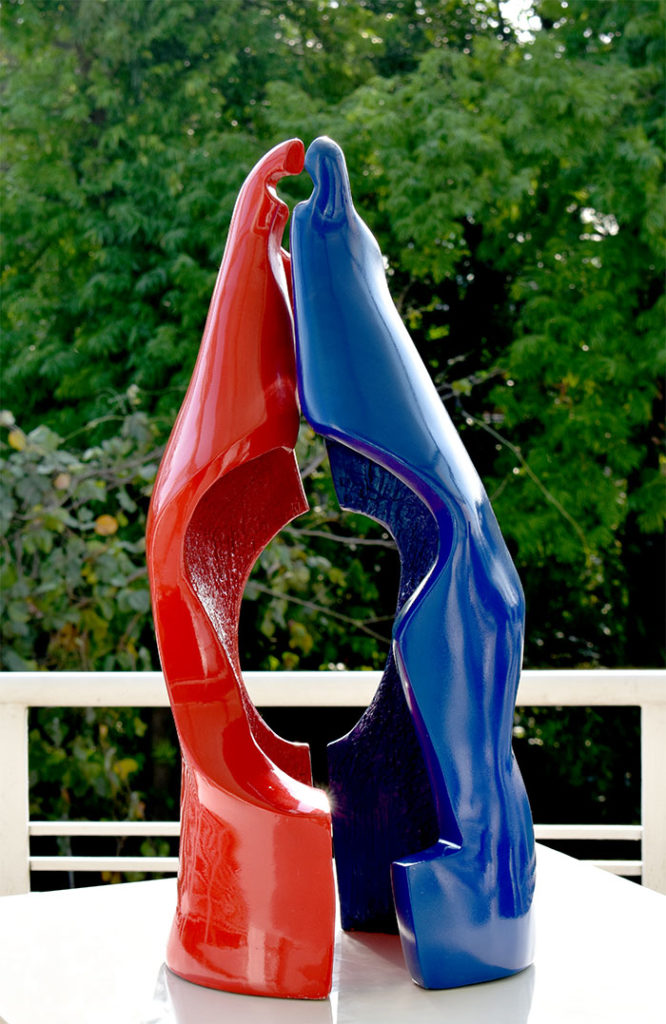
Witnessing magnificent artworks and being raised amidst nature; all these exposures leaned Sameena Karim to pursue art.
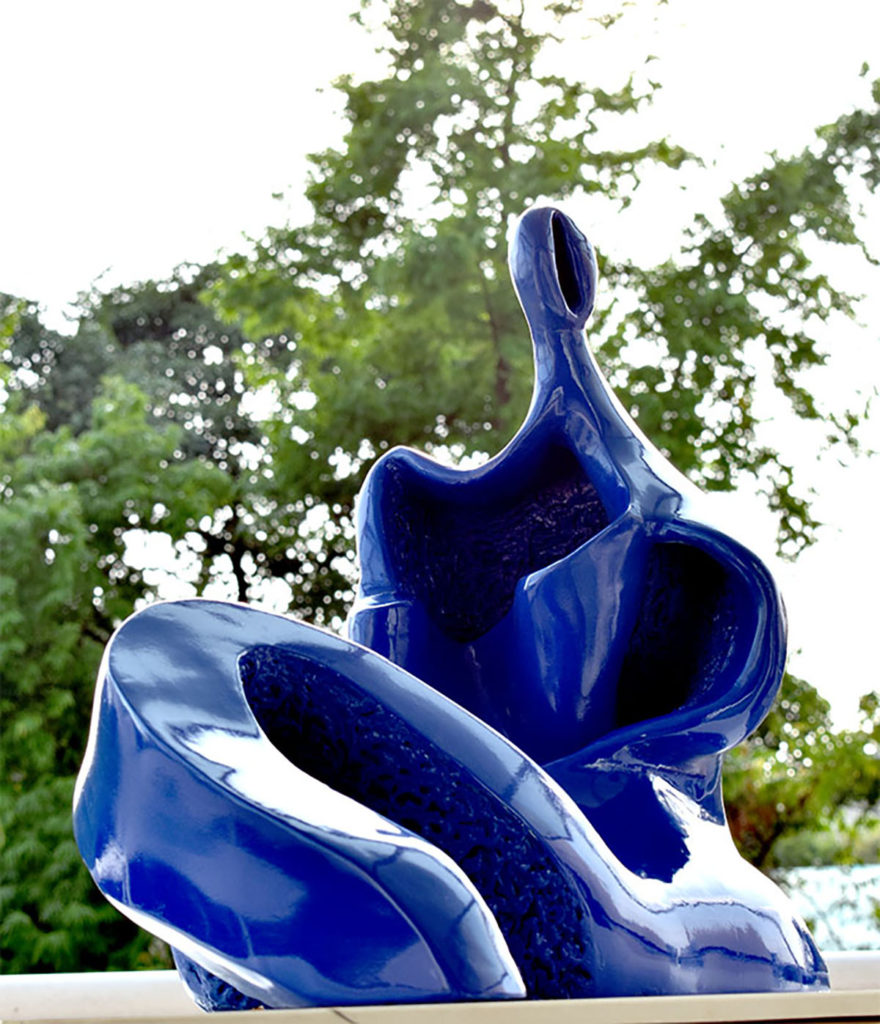
Sameena Karim graduated from the Institute of Fine Arts of Chittagong University in 1994. Interestingly, when she entered the class on the first day of her campus, she found she was the sole woman sculptor in the class. Despite the fact, she was not shy or worried. Sculpture became her central interest and remains her chief concern till date. “The campus life was fabulous; it was a game-changer.
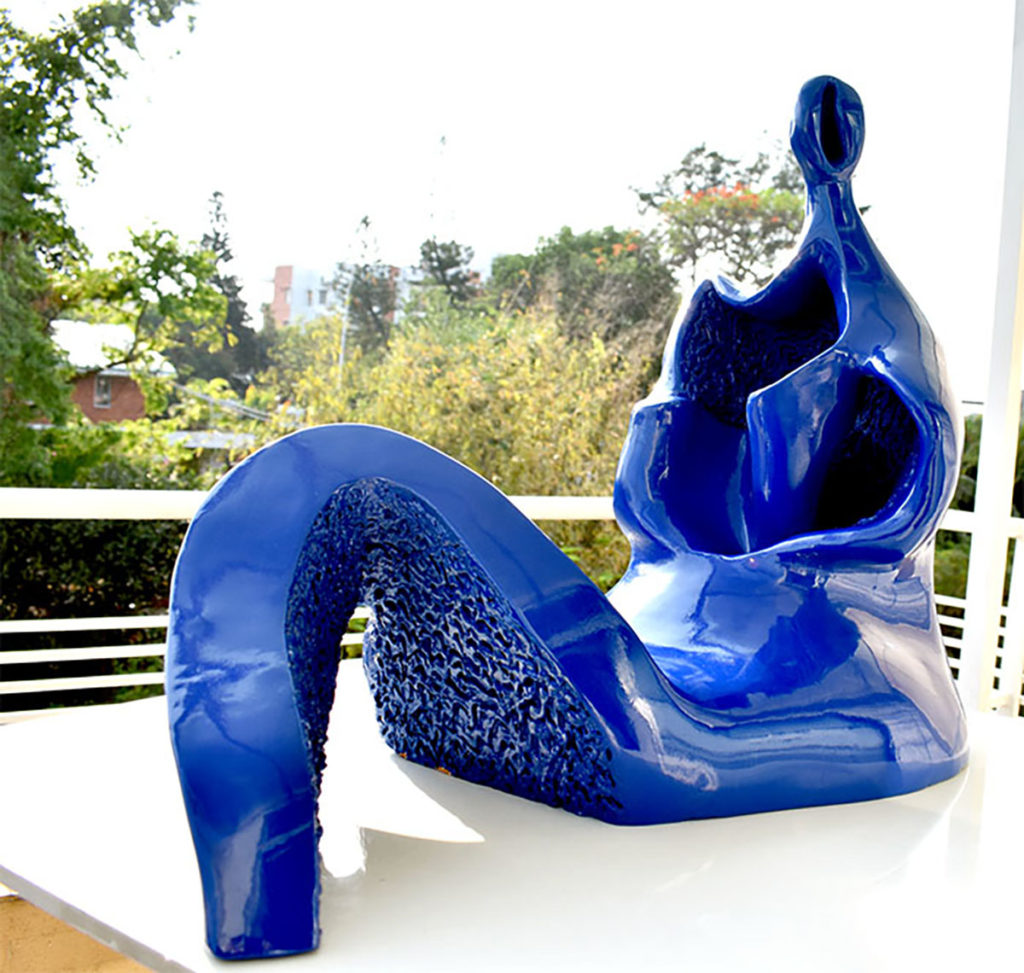
I felt blessed to find a direction from great masters like Alok Roy and Syed Abdullah Khalid from the beginning of my learning phase. My journey began with shaping clay to create three- dimensional pieces of art; as the material was readily available, versatile and economical. I believed in hard works and spending long hours in the studio. My father has always been very supportive and enthusiastic upon entering my sculpture discipline.
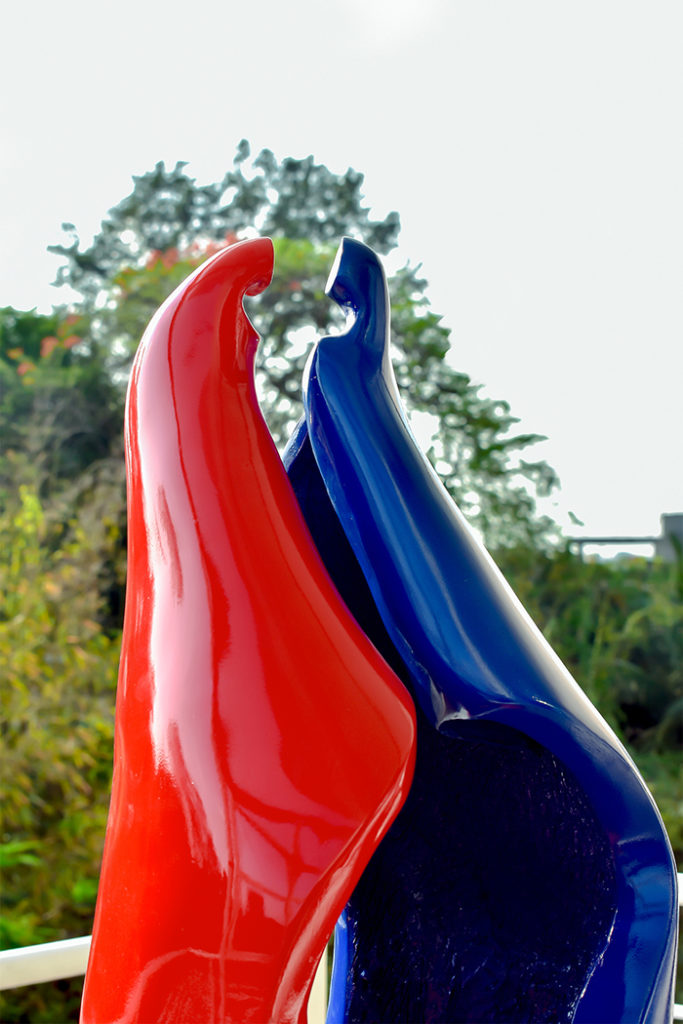
Essentially, whenever we used to travel abroad, he used to take me to visit the world famous art museums that included the Louvre museum, the Rodin museum, the Picasso museum, Tate Gallery London and the Van Gogh museum in Amsterdam. Perceiving their masterworks with bare eyes was immensely enthralling”, expresses the sculptor.
The sculptor uses the human form to express and capture the emotions of her core beliefs. Her main art motif is the mother and child. Her noted work ‘Matrika’ sculpture, in which she tried to explore mothers’ primal bond with child. It was an exploration on sculptural folds. These folds signify a mother’s eternal shelter of comfort available to a child through the folds of her flesh and recesses of her soul. The exaggerated base of ‘Matrika’ is a borrowed form from our ancient mother figure, firmly planted, providing security and insurance to a child. In the sculpture, the child’s head bends over mother’s bosom, intertwined with other gestures of hands in folds.
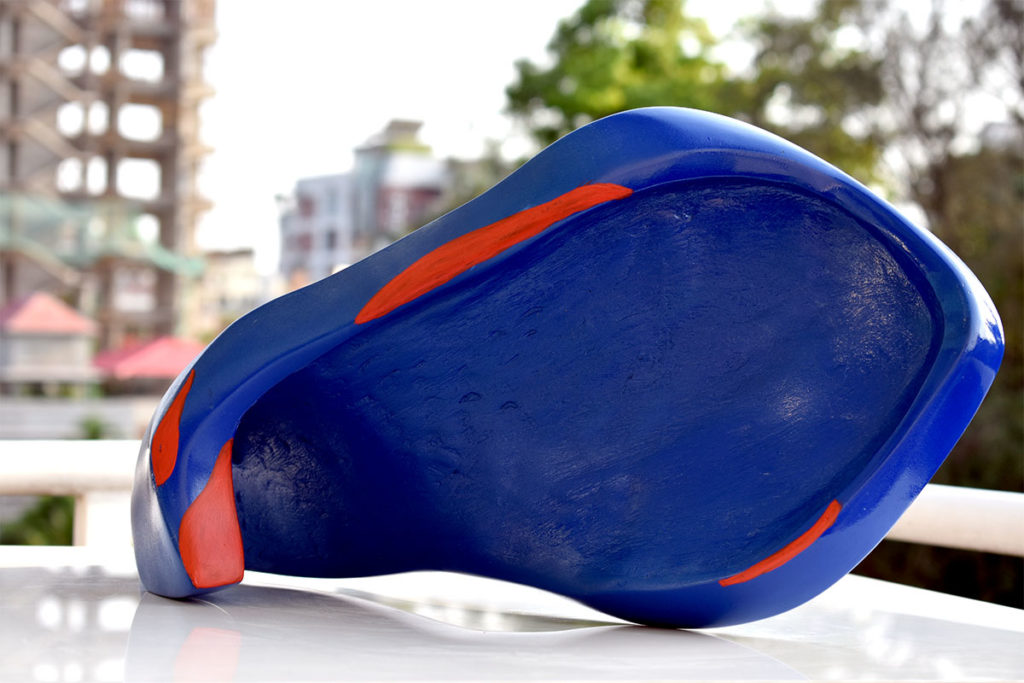
This is the ‘Mother’ archetype, a figure so eternally bound with child, expressed through sculpture throughout our art and social history. The colour red in the sculpture represents the integral relationship between mother and child, which is of blood and vein, conveying mothers’ sacrifice.
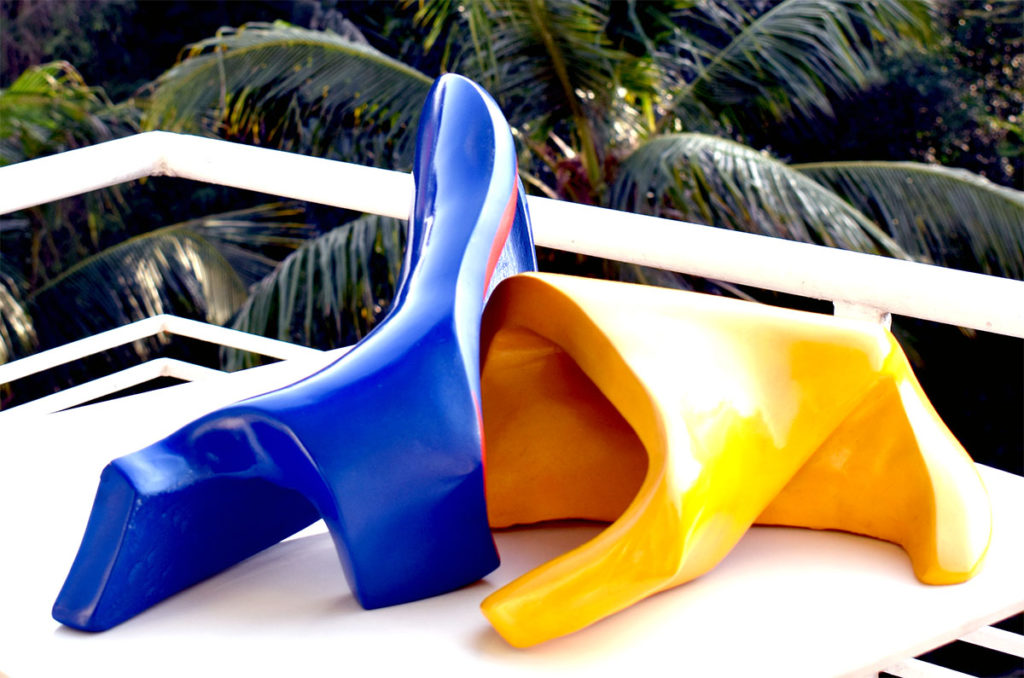
Her each sculpture expresses an element of life’s journey discovering the true path and the challenges that life brings us. She begins her process with sketches, making numerous loose drawings until she arrives at a few that she can’t leave alone.
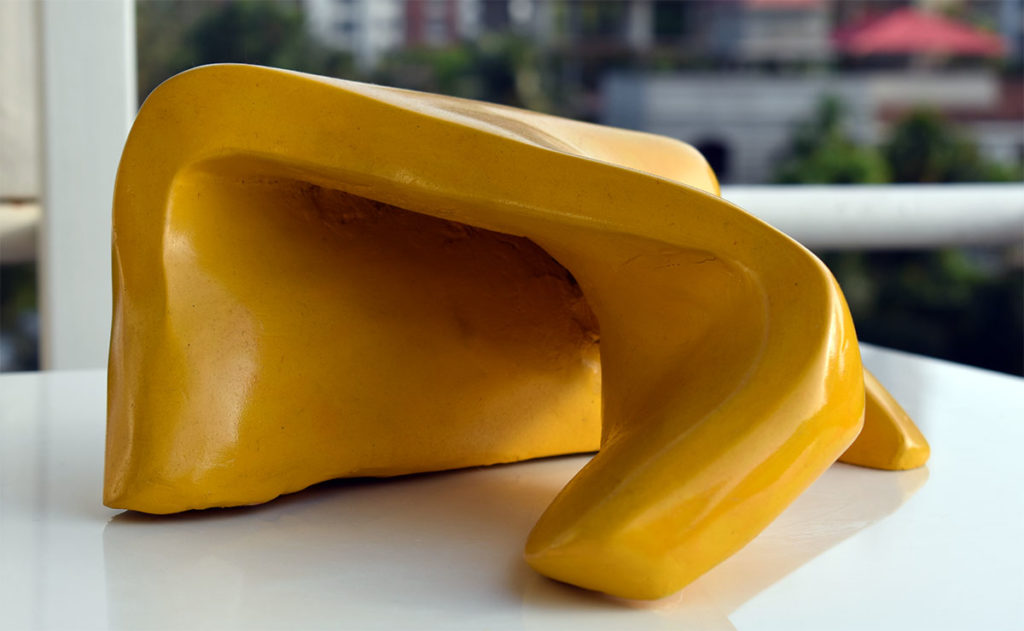
These images then become the basis for objects that she carefully hand-builds. Her works are cast in various materials that include clay, bronze, wood and fibre-glass; which captures the subtlety of the finest details, which she works into the surface. Her works seem to able to bring the sculpture to life by her ability to tell a story, combine realism and powerful emotion, and create the impression that figures are more than mere objects of beauty for passive contemplation, but creations filled with energy and thought, ready to spring into action.
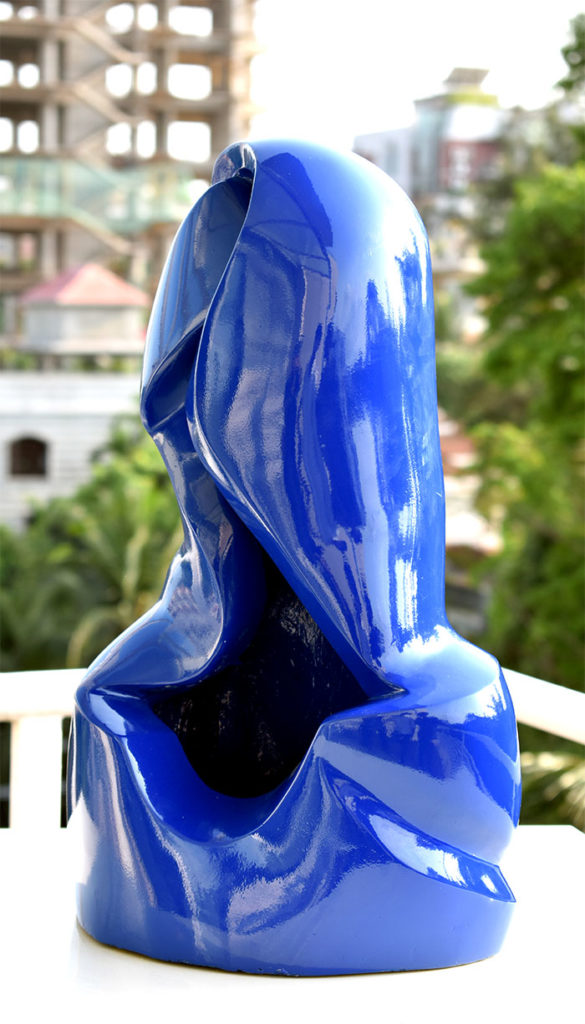
The sculptor has received growing recognition in Bangladesh, with several group exhibitions succeeded at the prestigious art galleries in the homestead and abroad, with two solo exhibitions; one held in Dhaka and the other in Chittagong. At present, Sameena Karim teaches at the Sculpture Department of Architecture at Chittagong University of Engineering and Technology, CUET, and at the Graphic Arts Department of Architecture at Premier University, respectively. Besides, the carver runs an art gallery recognized as Mrinmoy Art School that refers to ‘something that is made of clay’. The art gallery has been her dream project which she introduced in 1998.The gallery is a dynamic platform for discovery and collaboration, a place to introduce new talents; an initiation to push sculpture forward.
“The art world, not only in sculpture but painting as well, is difficult. Art requires immense passion and a lot of persistence and hard work. Young sculptors face struggles of their own. It is very hard for young sculptors to come through and start working on different materials because the materials are relatively expensive. The tools wear very often, so one has to get a continual changeover tools. Yet, the discipline has infinite scope and thrill. All they can do is keep on going because if it’s in their DNA, they have to create art; because they get so much satisfaction from it”, the sculptor concludes as a piece of advice to the young art lovers

